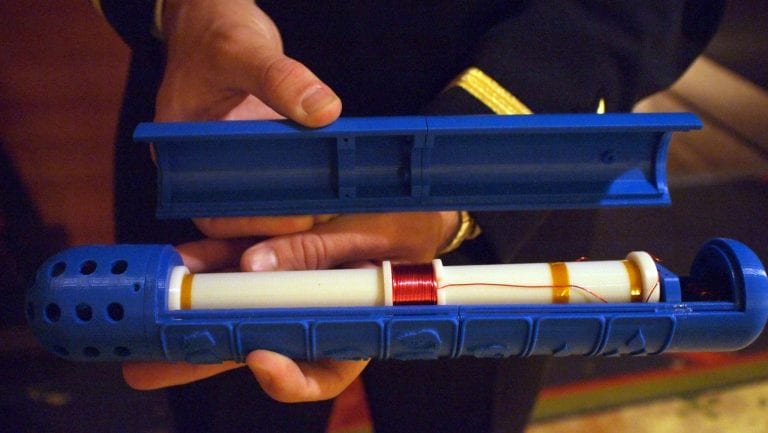Preparations are underway for one of the world’s most unusual, and inspiring, conferences of great minds in technology. This won’t be a show-and-tell of the latest tablets, cameras, and LED 3D TVs. Rather, attendees can expect to see phone-mounted microscopes, off-grid, renewable energy generators, mobile apps for healthcare workers and farmers and dozens of other products this year at IEEE’s Global Humanitarian Technology Conference in Seattle, Wash. From Oct. 30 to Nov. 1, some of the world’s foremost creative thinkers in design will showcase cutting edge technology created within radically strict limits.
This is the latest in technology that serves the four billion people worldwide who earn less than $4 per day. It must work even where electricity is unreliable, repairs and materials are scarce and, importantly, it must have a low, low cost.
Inestimable impact
“People can expect a great overview of the varied technologies that are employed in humanitarian missions and projects,” Keith Moore, GHTC’s technical program chair, says. Moore’s team has combed through 150 research papers submitted for presentation from teams around the world. The focus of the research includes, but is not limited to IEEE’s fields. Co-sponsors of GHTC include the ASME Foundation and NASA, among others, and research will reflect the range of fields that its host and sponsors represent, from agriculture to disaster preparation to water solutions and more.
“The impact that the kind of research submitted could have is inestimable, with applications throughout the world,” Moore says. For highlights that attendees can anticipate, Moore points to tutorials, lessons from the field and panels of experts discussing smart grid technologies, entrepreneurship and other topics.
One of those experts will be E4C’s president, Noha El-Ghobashy, who will share her expertise in a presentation called “The role of professional societies in humanitarian technology.” Our organization will also do what we do best by encouraging discussion as we host knowledge-sharing forums every day of the conference. Plus, we will host X-Track throughout the conference, which is a venue for presentations on exciting research in the humanitarian technology field.
A sneak-peak at the papers
The GHTC program (pdf) provides a snapshot of the event. Plus, we got a tiny preview of some of the research that will feature there. These are a few of the paper’s titles:
- An Advanced Model for MicroGrid and Energy Independence
- Topics in African Water Quality Development
- Satellite technology to reach the unreached: India – a case study
- Reducing Maternal Mortality: An Ultrasound System for Village Midwives
- RFID and Mobile Communications for Rural eHealth
- Alkali-Activated Cement for Equitable Slum Improvement in Mumbai, India
Clearly, research will feature prominently at this event. But Paul Kostek, GHTC’s chair, points out that it will also be a time to identify new opportunities and applications for ideas and technologies. “This conference will be special, bringing engineers together with other members of the international community to see how technology can make a difference in people’s lives and their futures,” Kostek says.
When and Where
The conference will be held Oct. 30 – Nov. 1 at the Renaissance Hotel in Seattle, Wash. See the conference’s Web site for the agenda, program, travel and accommodation information. Sign up by Sept. 16 for a an early registration discount.

